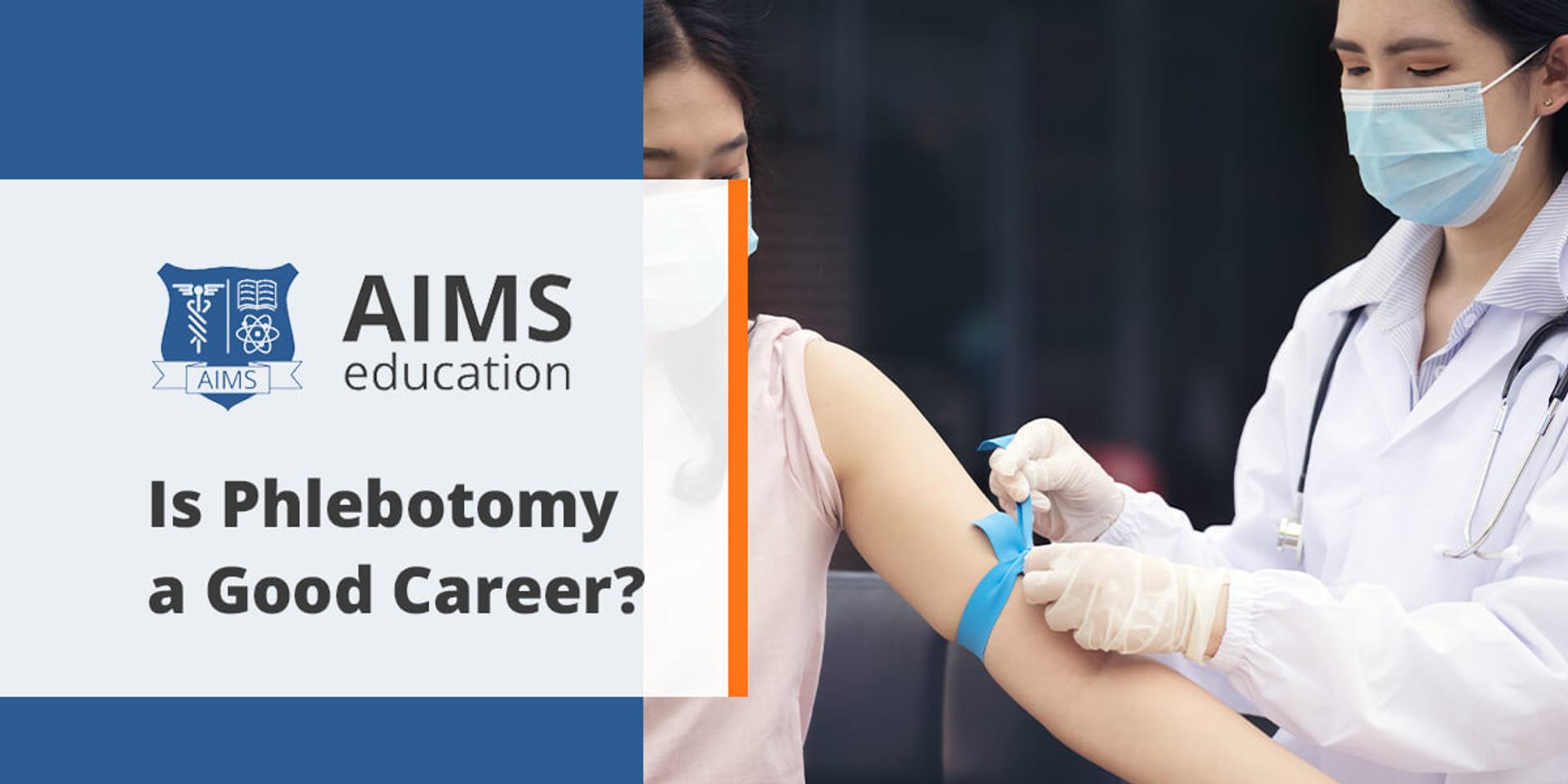Not known Details About Northeast Medical Institute - New Haven Campus Phlebotomy Course & Cna Class
Not known Details About Northeast Medical Institute - New Haven Campus Phlebotomy Course & Cna Class
Blog Article
Northeast Medical Institute - New Haven Campus Phlebotomy Course & Cna Class Fundamentals Explained
Table of ContentsMore About Northeast Medical Institute - New Haven Campus Phlebotomy Course & Cna ClassSome Known Incorrect Statements About Northeast Medical Institute - New Haven Campus Phlebotomy Course & Cna Class An Unbiased View of Northeast Medical Institute - New Haven Campus Phlebotomy Course & Cna ClassThe Ultimate Guide To Northeast Medical Institute - New Haven Campus Phlebotomy Course & Cna ClassThe Best Guide To Northeast Medical Institute - New Haven Campus Phlebotomy Course & Cna ClassNortheast Medical Institute - New Haven Campus Phlebotomy Course & Cna Class Can Be Fun For Everyone
The use of such gadgets need to be come with by other infection prevention and control practices, and training in their use.For settings with reduced sources, expense is a driving consider purchase of safety-engineered gadgets - CNA Training. Where safety-engineered devices are not offered, knowledgeable usage of a needle and syringe serves. Unintended exposure and particular details regarding an incident need to be taped in a register. Assistance services must be promoted for those that undergo accidental exposure.
In the blood-sampling space for an outpatient department or center, give a comfy reclining couch with an arm rest.
Some Known Facts About Northeast Medical Institute - New Haven Campus Phlebotomy Course & Cna Class.
Guarantee that the signs for blood tasting are plainly specified, either in a written protocol or in recorded directions (e.g. in a lab type). Whatsoever times, comply with the techniques for infection avoidance and control provided in Table 2.2. Infection prevention and control methods. Collect all the tools needed for the treatment and location it within risk-free and easy reach on a tray or cart, guaranteeing that all the products are clearly noticeable.
Where the individual is grown-up and mindful, follow the actions detailed below. Present yourself to the person, and ask the person to specify their complete name. Check that the lab kind matches the client's identification (i.e. match the client's details with the lab form, to make sure precise identification). Ask whether the license has allergies, anxieties or has actually ever before collapsed throughout previous injections or blood draws.
Make the person comfy in a supine placement (if possible). Place a tidy paper or towel under the patient's arm. Discuss the examination to be executed (see Annex F) and acquire verbal consent. The patient has a right to reject a test at any type of time before the blood tasting, so it is essential to make sure that the individual has actually recognized the procedure.
The Of Northeast Medical Institute - New Haven Campus Phlebotomy Course & Cna Class
Extend the person's arm and examine the antecubital fossa or lower arm. Locate a blood vessel of a good size that is visible, straight and clear.
DO NOT insert the needle where veins are diverting, since this enhances the possibility of a haematoma. Locating the capillary will aid in identifying the proper size of needle.
Haemolysis, contamination and existence of intravenous liquid and medicine can all modify the results (39. Nursing team and physicians might access main venous lines for samplings complying with protocols. Samplings from main lines bring a risk of contamination or erroneous lab test outcomes. It is acceptable, yet not perfect, to draw blood samplings when initial introducing an in-dwelling venous gadget, prior to connecting the cannula to the intravenous liquids.
Top Guidelines Of Northeast Medical Institute - New Haven Campus Phlebotomy Course & Cna Class
Permit the location to dry. Failure to allow enough get in touch with time boosts the risk of contamination. DO NOT touch the cleansed site; particularly, DO NOT put a finger over the vein to direct the shaft of the exposed needle. It the site is touched, repeat the sanitation. Carry out venepuncture as follows.
Ask the patient to form a hand so the blood vessels are more noticeable. Get in the blood vessel quickly at a 30 level angle or much less, and continue to introduce the needle along the capillary at the simplest angle of entrance - PCT Courses. Once enough blood has actually been gathered, release the tourniquet prior to withdrawing the needle
A Biased View of Northeast Medical Institute - New Haven Campus Phlebotomy Course & Cna Class
Withdraw the needle delicately and use gentle stress to the site with a tidy gauze or dry cotton-wool ball. Ask the person to hold the gauze or cotton wool in place, with the arm expanded and raised. Ask the person NOT to flex the arm, due to the fact that doing so triggers a haematoma.

Not known Details About Northeast Medical Institute - New Haven Campus Phlebotomy Course & Cna Class
Do not push the syringe bettor because additional pressure increases the risk of haemolysis. Where feasible, maintain the tubes in a rack and relocate the shelf in the direction of you. Infuse downwards into the suitable coloured stopper. DO NOT eliminate the stopper because it will release the vacuum. If the sample tube does not have a rubber stopper, infuse incredibly slowly right into television as reducing the pressure and velocity utilized to move the specimen lowers the danger of haemolysis.

Report this page